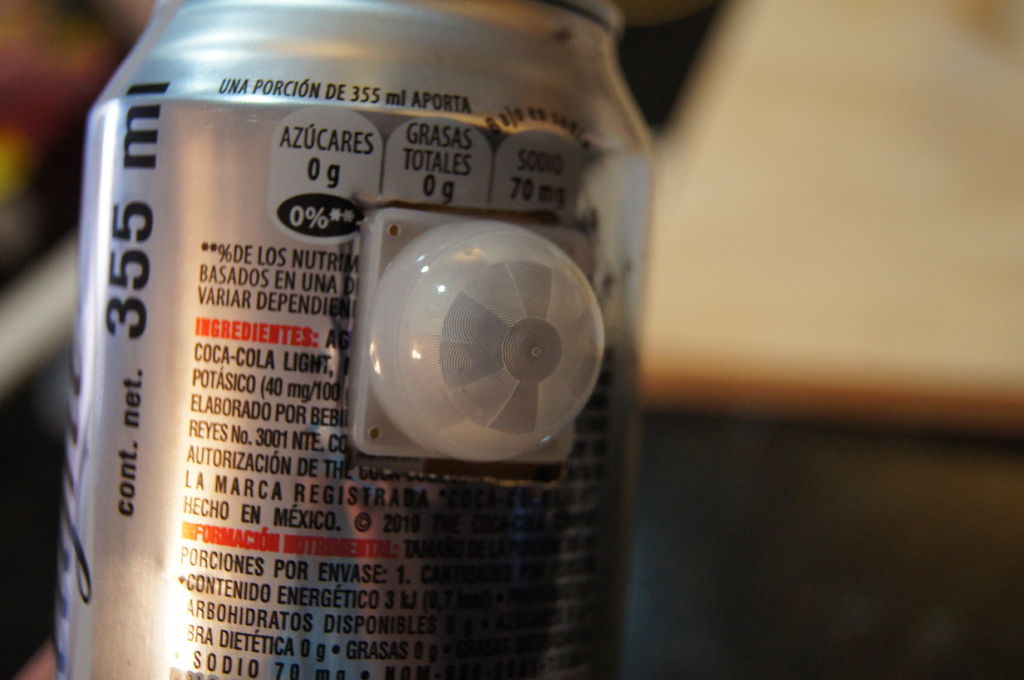Surprise an intruder
Build a harmless door alarm using string, cup, and bell to alert when a pretend intruder enters, learning simple mechanics and safety.



Step-by-step guide to build a harmless door alarm
Safety for Kids - Robber | Home Invasion Safety Tips
Step 1
Ask an adult for permission to make a door alarm.
Step 2
Gather all the materials and put them on a table.
Step 3
Use the scissors to make one small hole in the center of the bottom of the paper cup.
Step 4
Push one end of the string up through the hole so most of the string is outside the cup.
Step 5
Tie a big knot on the inside end of the string so it cannot pull back through the hole.
Step 6
Tie the small bell securely to the other end of the string.
Step 7
Tape the cup upside down to the top edge of the door frame so the bell hangs down near the door knob when the door is closed.
Step 8
Shorten or lengthen the hanging string by retying the knot so the bell will jingle when the door opens.
Step 9
Decorate the cup using coloring materials to make your alarm look awesome.
Step 10
Gently open the door to test whether the bell rings.
Step 11
If the bell does not ring move the cup a little closer to the door edge.
Step 12
Open the door again to check the alarm after you adjust it.
Step 13
Share your finished door alarm on DIY.org.
Final steps
You're almost there! Complete all the steps, bring your creation to life, post it, and conquer the challenge!


Help!?
What can we use instead of the small bell or paper cup if those are hard to find?
If you don't have a small bell, tie a metal washer, a bottle cap threaded with beads, or a few jingle charms to the string, and if you don't have a paper cup use a small yogurt container or a folded cardboard cup in the step where you make the hole and tape it to the door frame.
Why doesn't the bell ring or the cup fall off when I test it, and how do I fix that?
If the bell doesn't ring or the cup falls, make sure the hole is centered in the bottom of the cup, retie a bigger knot on the inside so the string can't pull through, shorten the string so the bell hangs closer to the doorknob, and use stronger tape or mounting strips to secure the cup to the top edge of the door frame as instructed.
How can I adapt this door alarm for different ages or skill levels?
For preschoolers have an adult make the hole and use thick yarn and wide tape while they decorate the cup, for elementary kids let them cut, tie and adjust the string with supervision, and for older kids let them design adjustable lengths, add multiple bells, and handle the full taping and testing steps themselves.
How can we make the door alarm louder, more secure, or more personal after finishing the basic version?
To enhance it, add extra bells or beads to the string for a louder jingle, reinforce the cup to the frame with stronger adhesive tape or a small screw (with adult help), and personalize by decorating the cup with markers, stickers, or paint before testing and sharing on DIY.org.
Watch videos on how to build a harmless door alarm
FIND THE INTRUDER | PLAY & LEARN | FOR KIDS
Facts about simple mechanical projects and safety for kids
🧵 A taut string can carry sound surprisingly far: homemade string telephones have been known to work across rooms when pulled tight.
🎯 A tripwire is just a simple mechanical trigger — the same idea powers many harmless classroom and science-fair alarms.
🛎️ Bells have been used as simple alarm and signal devices for thousands of years — before electricity, sound was the go-to alert.
🚪 The earliest doorbells were just pull cords connected to bells — electric doorbells only became common in the late 1800s.
🛠️ You can demonstrate basic home-security ideas with everyday items like cups, string, and a bell — no fancy tools needed.
How do you build a harmless door alarm for a pretend intruder?
What materials do I need to make the cup-and-bell door alarm?
What ages is this pretend intruder alarm activity suitable for?
What are the benefits and safety tips for making a harmless door alarm?


One subscription, many ways to play and learn.
Only $6.99 after trial. No credit card required



